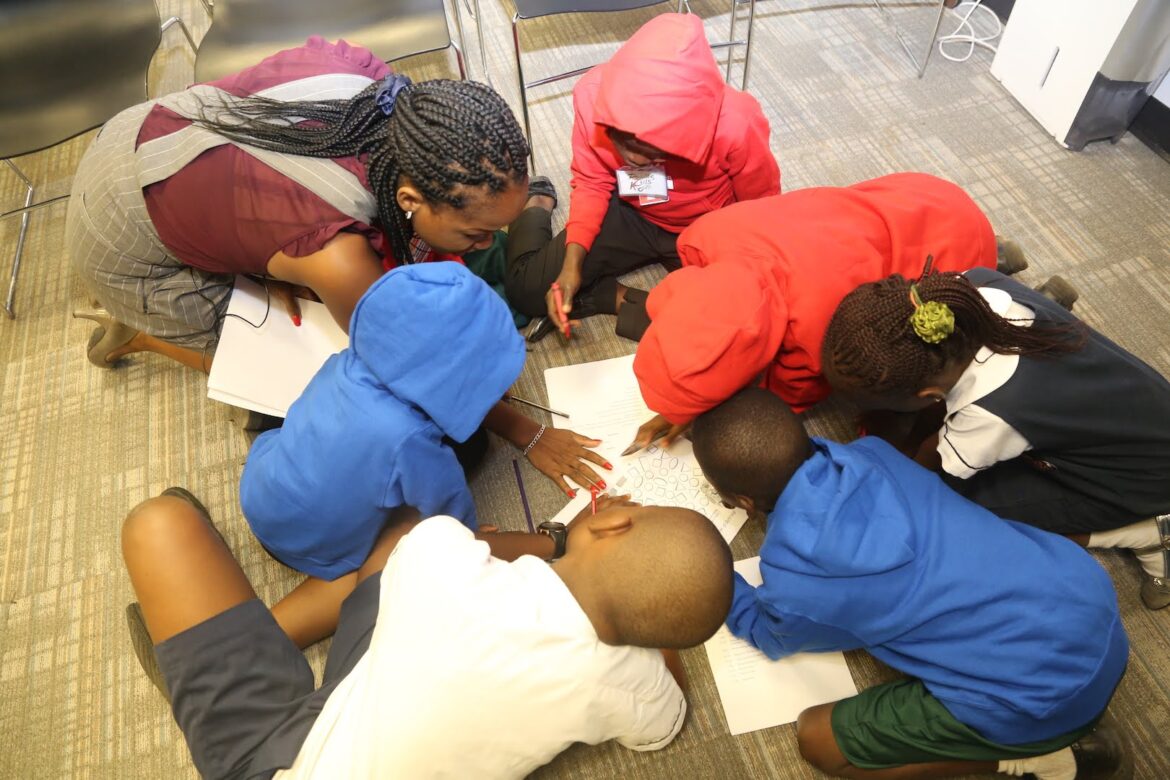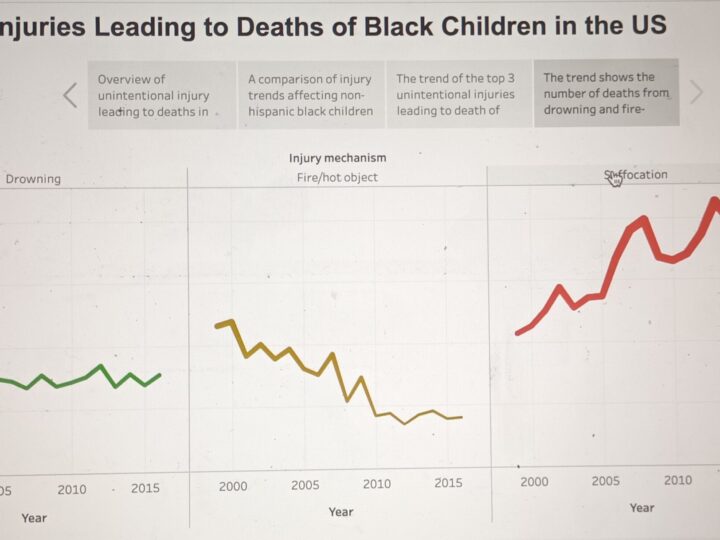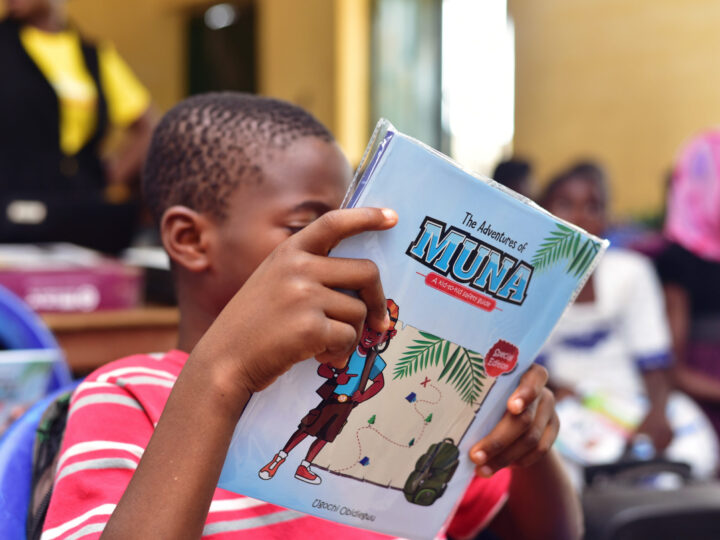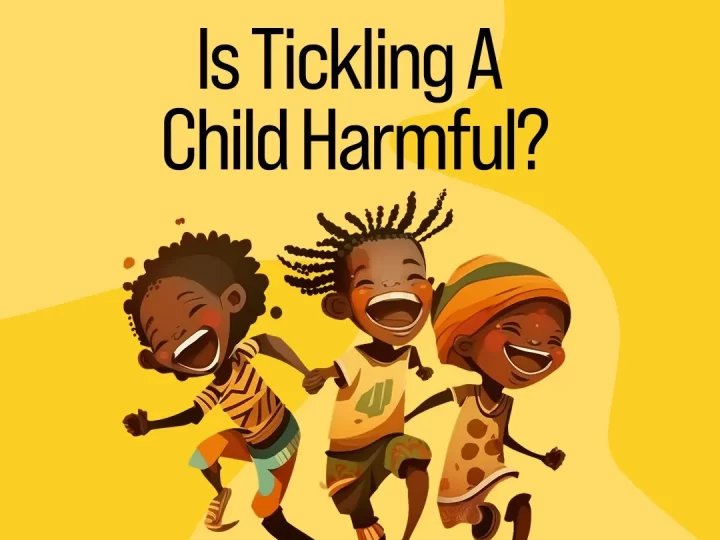
According to the Center for Disease Control (CDC, the leading cause of death in children aged 14 and below is accidents (unintentional injuries). In the September 2018 edition of the International Journal of Environmental Research and Public Health, “an estimated 644,855 children under the age of 15 were killed by an injury and between 10 million and 30 million more suffered a non-fatal injury. A large proportion of these unintentional injuries (for example, burns, suffocation, poisoning, and falls) occurred in or around the home while others occurred in the community (for example transportation-related injuries, drowning, and sports injuries). These injuries represent a serious burden to the injured person and their family. It represents a tremendous economic and community burden; yet, most are predictable and preventable”.
With such statistics, why are we not passing on safety education to children in a more systematic manner? You might say that accidents are “accidents”, they are not preventable. Or you might say, “but we are doing something about it, there are existing policies, strategies, and child injury prevention programs”. First, accidents can be prevented. Second, policies, strategies, and programs are not enough if they cannot be integrated into the normal daily life of children. If we do not take intentional and systematic steps to incorporate safety education into the daily life of children, the number of children involved in these “accidents” will keep rising. But we can stem this tide by including safety education in and outside the classroom.
In my opinion, safety education is the deliberate and intentional dissemination of safety knowledge in a way the selected target audience will understand. This ensures that the audience is empowered to make better safety choices in different scenarios that may arise. Every school day across the country, children are learning an aspect of English and Mathematics. What if they also learned an aspect of safety at least once a week considering that this is something that has the potential to save their life? For example, if fire safety is taught this week, road safety follows next, bullying prevention and other safety topics are spread out across the entire academic term, the children will learn in a more intentional manner. Imagine safety education topics adapted to the age and class of the child across their entire academic journey, wouldn’t that be a child empowered to prevent accidents?
A practical example is a story of Chloe Woods reported in 2016 by the Washington Post She helped her blind grandmother escape from a burning house. She knew what to do because in her words, “that’s what they taught us”. According to the story, her class had visited a fire station. Just imagine if such trips were not just one-off but a part of a comprehensive child safety education curriculum all children go through in school. Note again that for her age and class, a field trip was more appropriate. When teaching children about safety, it is important to state that the complexity of the safety topic chosen must take their age into consideration. For example, when I visit primary schools in Nigeria and Ghana to teach about child safety, I just use my child safety storybook because safety concepts have been storified to foster understanding. On the other hand, when I visit to teach teenagers in high school, I use a different method because they are older and can grasp some other concepts better. All children in school need to experience a systematic method of learning how to stay safe throughout their academic journey and not just as a temporary program.
Outside the classroom, safety education can be incorporated through movies, games, cartoons, and even family bonding moments. One might say, let fun times be devoid of training for relaxation purposes. But entertainment methods are a great way to integrate important information in a way that is rarely forgotten. In 2017, Jacob O’Connor pulled out his younger brother who had fallen into the family swimming pool, and went on to administer CPR. When asked how he knew what to do, he said, “I saw it in a movie”. I am certain that when Dwayne Johnson, The Rock was acting that scene in the movie, San Andreas, he never knew it would equip a boy with the lifesaving skill to save his brother. This right here is the power of entertainment methods to etch safety education in the minds of our children outside the classroom. In my work in raising safety consciousness in Africa, I have seen how movies, games, cartoons, and family bonding moments make safety knowledge memorable to children. Every parent should use this hack. A quick tip for parents who want to incorporate this, pick a topic on safety and teach it to your children during your weekly family bonding moments. Make it fun, make it easy and they will never forget. The day they find themselves in a safety scenario, they will make the safe choice.
Are children not too young for this? No, they are not. Chloe Woods was 5 and Jacob O’Connor was 10 but when a situation came up, they sprang to action because they had been empowered. No matter how much we love our children, we may not be with them all day for a variety of reasons. However, if we equip them, they can act, and this will reduce the statistics of children dying due to unintentional injuries.
Let’s intentionally build a safety conscious generation.




